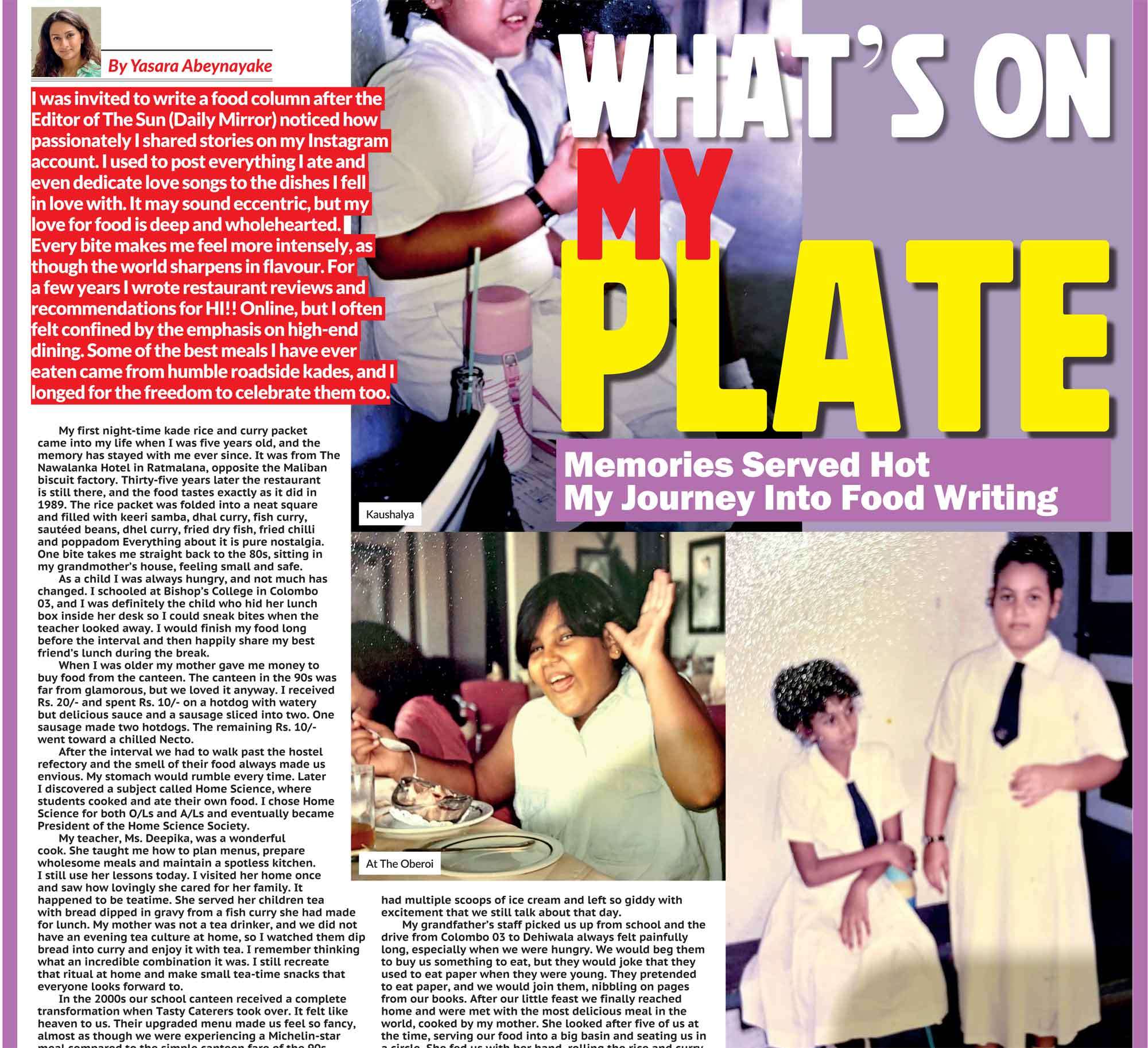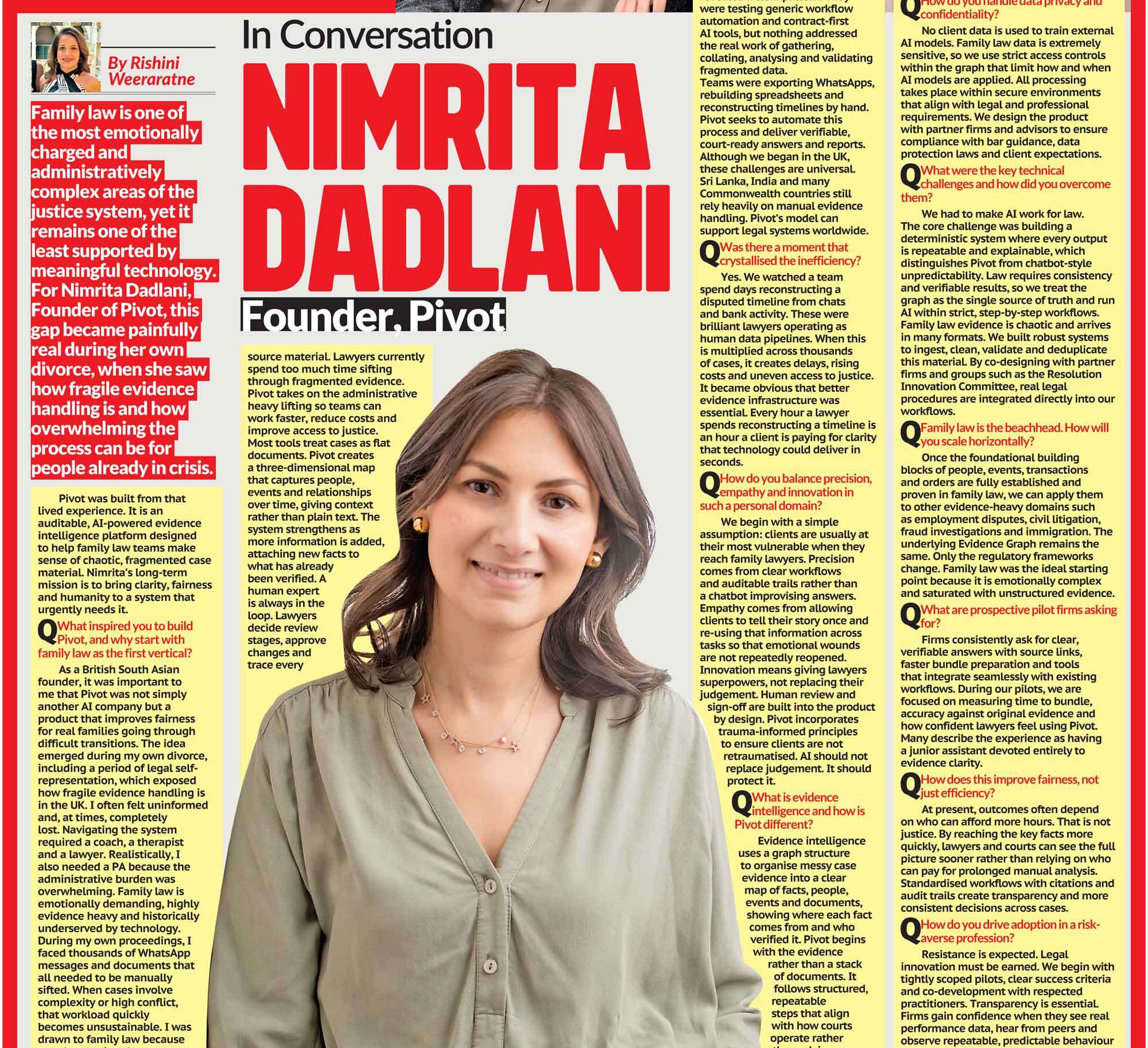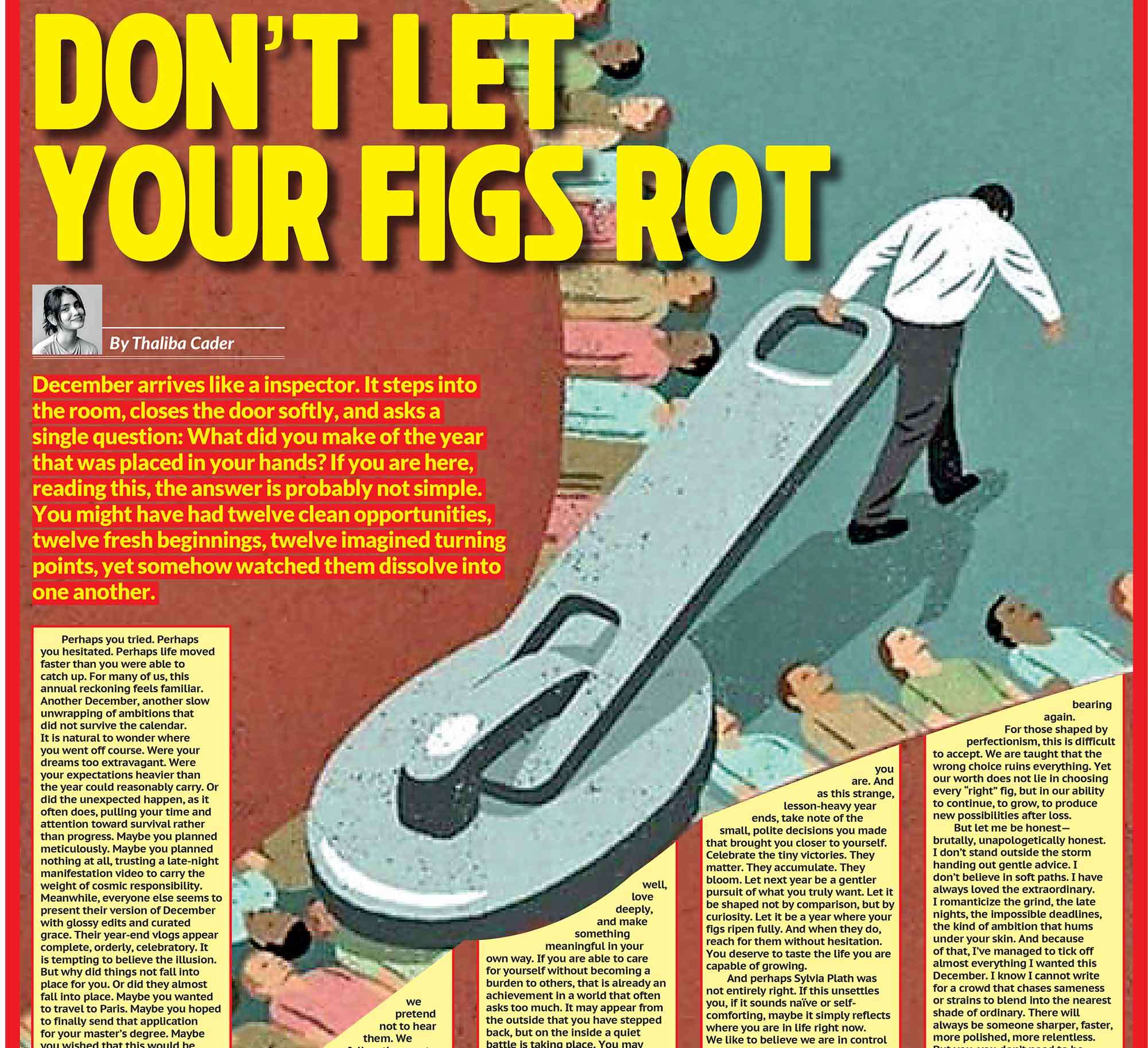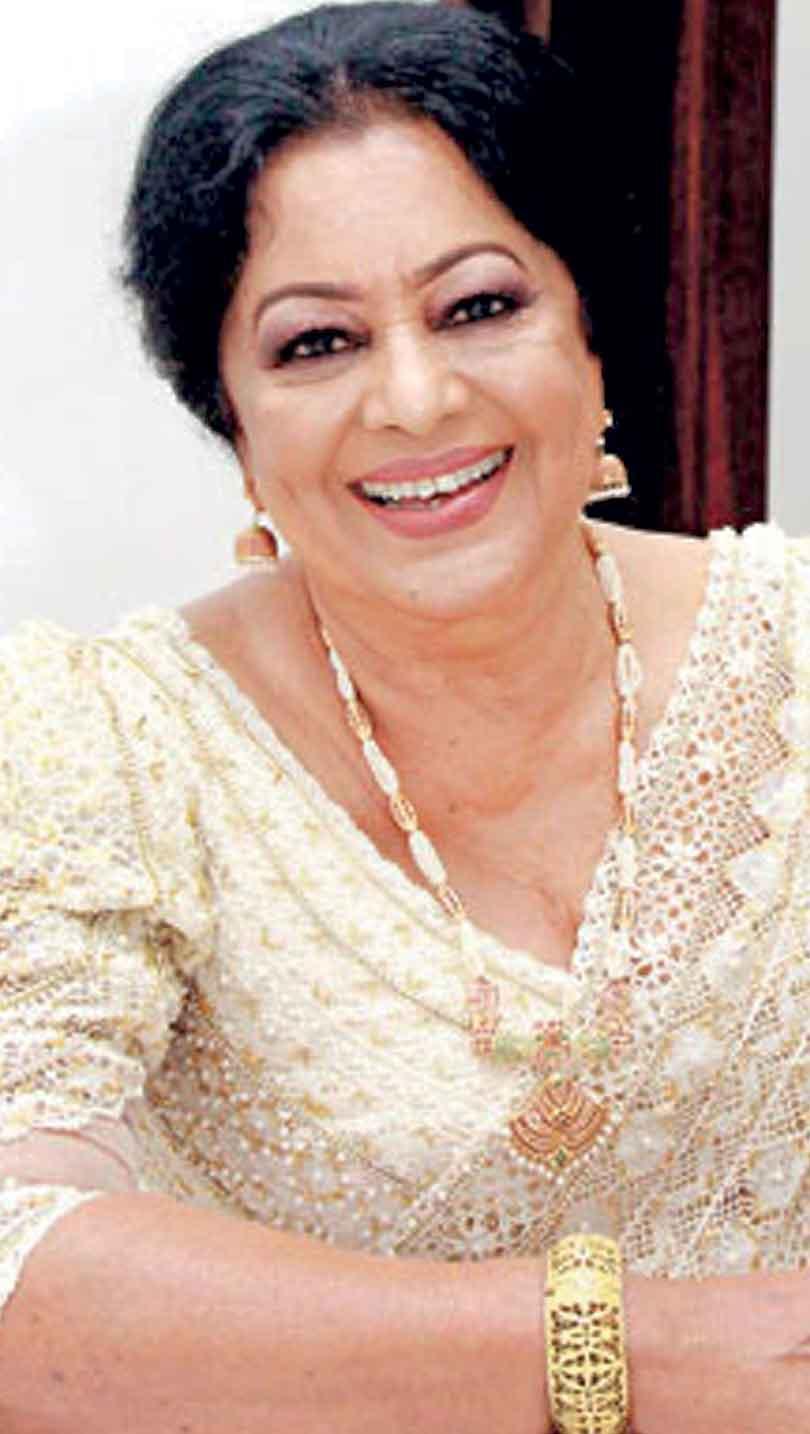
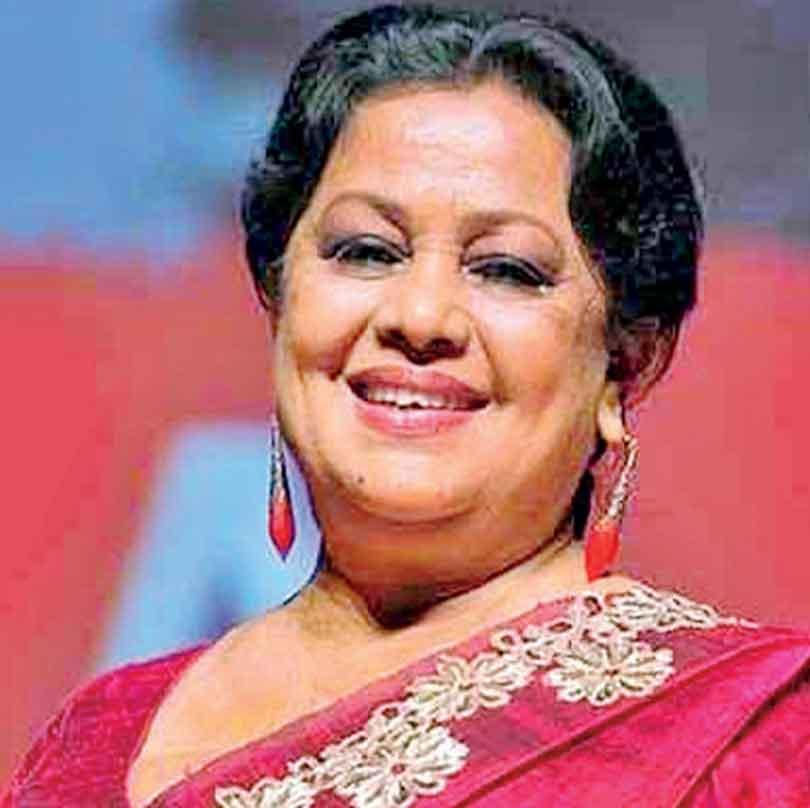

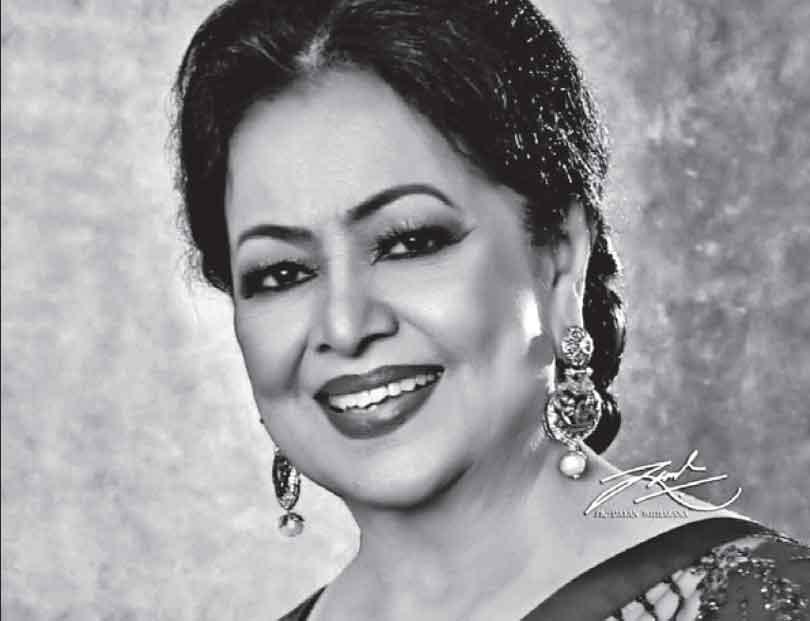
In 2010, CNN honored her as one of Asia’s 25 Greatest Actors of All Time, placing her in the company of icons like Toshiro Mifune, Amitabh Bachchan, and Gong Li
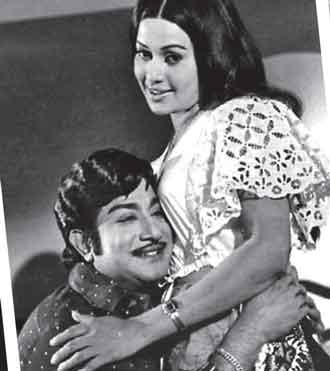 Malini Senehelatha Fonseka, known to generations of Sri Lankans as the “Queen of Sinhala Cinema,” was more than a screen icon. She was a cultural force; an actress, director, trailblazer, and parliamentarian whose contributions helped shape Sri Lanka’s cinematic and artistic identity. Her passing on May 24, 2025, marked the end of an era, leaving a profound void in the country’s artistic and cultural tapestry. With a career spanning over five decades, Fonseka’s legacy lives on through more than 150 films, numerous television serials, stage plays, and a generation of actors she mentored and inspired.
Malini Senehelatha Fonseka, known to generations of Sri Lankans as the “Queen of Sinhala Cinema,” was more than a screen icon. She was a cultural force; an actress, director, trailblazer, and parliamentarian whose contributions helped shape Sri Lanka’s cinematic and artistic identity. Her passing on May 24, 2025, marked the end of an era, leaving a profound void in the country’s artistic and cultural tapestry. With a career spanning over five decades, Fonseka’s legacy lives on through more than 150 films, numerous television serials, stage plays, and a generation of actors she mentored and inspired.
Early Life and Artistic Roots
Born on April 30, 1947, in Kelaniya, a historic town near Colombo, Malini was the third of eleven children born to Gilbert and Seelawathi Fonseka. Her upbringing was modest, but her household was deeply immersed in the performing arts. Her older brother Ananda Fonseka was a pivotal figure in her early exposure to theatre and film. Her family included a number of prominent figures in the arts, such as director Prasanna Vithanage and actresses Samanalee Fonseka and Senali Fonseka, marking the Fonseka family as an artistic dynasty. Malini received her primary education at St. John’s College, Nugegoda, before transferring to Gurukula Maha Vidyalaya, Kelaniya, where she became actively involved in school plays. From the beginning, her presence on stage was commanding. In 1963, she made her theatrical debut in “Noratha Ratha,” a Sinhala drama that introduced audiences to her innate dramatic flair. Her critically acclaimed performance in “Akal Wessa” later earned her the Best Actress award at the 1968 National Drama Festival, a harbinger of the extraordinary acclaim that would follow in cinema.
Breaking Into Cinema
Malini’s entry into Sinhala cinema came at a time when the industry was beginning to carve its own identity. Introduced by her brother Ananda, she made her film debut in Tissa Liyansuriya’s Punchi Baba in 1968. Though her role was relatively minor, her talent did not go unnoticed. That same year, she appeared in Abudasse Kale, and by the 1970s, Malini Fonseka was a household name. Her breakthrough roles came quickly. In films like “Dahasak Sithuwili” (1970) and “Adarawanthayo” (1971), she captivated audiences with her emotional depth, expressive eyes, and graceful demeanor. By the mid-1970s, she was the leading actress in Sinhala cinema, rivaled by few in terms of range, consistency, or box-office draw. A hallmark of her acting was subtlety. Unlike many of her contemporaries, Malini favored restraint over melodrama, often conveying volumes with a single glance. She portrayed women who were resilient, vulnerable, passionate, or principled; sometimes all at once.
A Golden Age
Malini Fonseka’s golden age unfolded in the 1970s and 1980s, as she worked with Sri Lanka’s most celebrated directors. Among her most memorable collaborations was with the legendary Dr. Lester James Peries, who cast her in “Nidhanaya” (1970) a psychological thriller that is widely regarded as one of the greatest Sri Lankan films of all time. In that film, Malini played a complex female lead, and the performance remains one of her finest.
Another critical collaboration came with Dharmasena Pathiraja, under whom she acted in the iconic “Bambaru Awith” (1978). This film offered an astute critique of capitalist incursion into a traditional fishing village, and Malini’s performance gave voice to the plight of the working class with quiet dignity. Her roles in films like Siripala Saha Ranmenika, Kelimadala, Akkara Paha, Baddegama, and Yuganthaya are remembered not just for their box-office success, but for their contribution to the canon of serious Sinhala cinema. In 1978, she reached beyond Sri Lanka’s shores, starring alongside Indian acting titan Sivaji Ganesan in Pilot Premnath, a multilingual project that brought her international attention. Her acting prowess transcended linguistic barriers, and she became one of the first Sri Lankan actresses to enjoy crossover appeal.
Venturing Behind the Camera
Malini’s foray into direction was a natural progression for an artist of her caliber. Her debut as a director came in 1984 with Sasara Chetana, a film that examined human relationships through a philosophical lens. She followed this with Ahimsa (1987) and Sthree (1991), both of which were lauded for their thematic depth and feminist sensibility.
In a still male-dominated industry, her move into directing was groundbreaking. But Malini went even further, becoming Sri Lanka’s first female teledrama director with Nirupamala. Her work helped shape the trajectory of Sinhala teledramas, both in terms of content and aesthetic quality.
Television: The Queen Reigns Again
While some film actors struggle to transition to television, Malini embraced the small screen with grace. Her performances in beloved serials like Pitagamkarayo, Kemmura, Ambu Daruwo, and Sandagiri Pawwa endeared her to a new generation. She was recognized multiple times with the Sumathi Award for Best Teledrama Actress, including in 1997, 2000, and 2001. In an age of fast-changing media trends, Malini’s adaptability ensured that she remained relevant and revered. Her performances were never superficial; whether playing a matriarch, widow, or teacher, she brought intelligence and emotional authenticity to each role.
International Recognition and Lasting Legacy
Malini Fonseka’s contributions were recognized on the international stage long before many Sri Lankan actors gained such acclaim. She won the Best Actress Award at the 9th Moscow International Film Festival in 1975, a first for a Sri Lankan performer. Two years later, she repeated this feat at the International Film Festival of India in Delhi, showcasing her as a leading figure in South Asian cinema. Her role in “Akasa Kusum” (2008), directed by Prasanna Vithanage, was a late-career masterstroke. Playing a once-famous film actress fading into obscurity, Malini delivered a heartbreaking, layered performance that earned her the Silver Peacock for Best Actress at the 39th International Film Festival of India, and the Best Actress Award at the Levante Film Festival inItaly. In 2010, CNN honored her as one of Asia’s 25 Greatest Actors of All Time, placing her in the company of icons like Toshiro Mifune, Amitabh Bachchan, and Gong Li.
A Public Figure: Parliamentarian and Cultural Advocate
In 2010, Malini entered the world of politics as a Member of Parliament, representing the National List of the United People’s Freedom Alliance (UPFA). Her election to Parliament signaled her commitment to cultural and social development, particularly in the realm of cinema, arts, and heritage preservation. Though her tenure in Parliament lasted until 2015, she remained a visible advocate for creative freedom and artistic education. She believed in using her public stature to elevate the arts, and frequently spoke out against the commercialization and political co-option of cinema.
Final Years and Enduring Influence
In her later years, Malini Fonseka remained active in the arts, even as she took a step back from the limelight. She continued to appear in select films and was a sought-after mentor, guiding young actors and filmmakers. In 2024, she made a poignant return to public attention with her performance in the music video Eya Wasanthaya Nowe by Chapa Jayaruk, reminding fans of her enduring charisma and presence. Her death on May 24, 2025, after a brief illness, was mourned deeply across Sri Lanka. Tributes poured in from every corner of society; from political leaders and film critics to actors, fans, and cultural institutions.
A Legend, A Legacy
To call Malini Fonseka merely an actress is to understate her impact. She was a national symbol of grace, strength, and intelligence, a woman who defied expectations in every chapter of her life. From pioneering film roles to directing and mentoring, from performing in state dramas to sitting in Parliament, Malini lived her life in full pursuit of artistic truth. Her influence is immortalized in every actor she inspired, every boundary she broke, and every audience she moved. As generations of Sri Lankans continue to discover her films and teledramas, the legend of Malini Fonseka will live on radiant, eternal, and forever royal.



